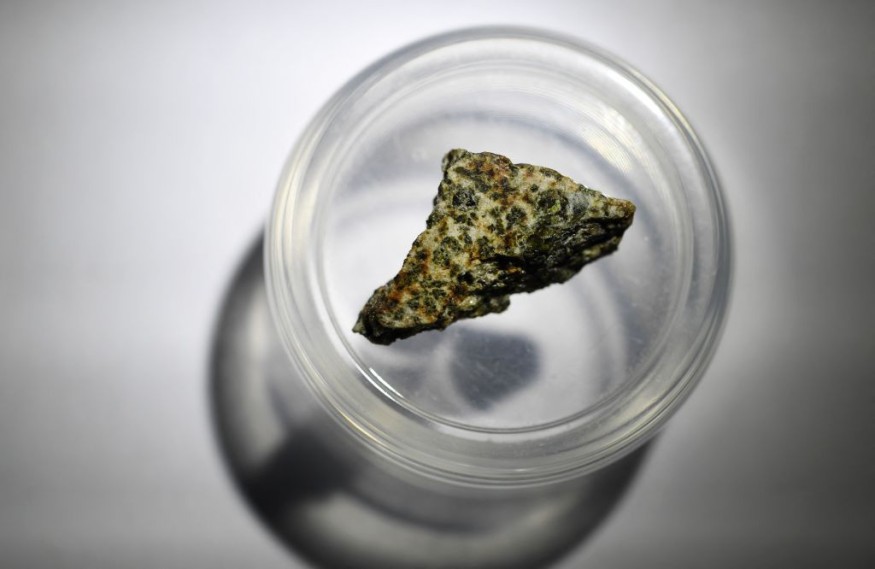Mississippi residents are collecting meteorites after a fireball struck the state last week, causing the sprinkling of meteoroid fragments in the area.
The flaming meteor shone across three states on April 27, emitting light brighter than the moon.
Confidential Location

Local authorities have declined to disclose the exact locations of the meteorite fragments, according to the National Aeronautics and Space Administration (NASA) Meteor Watch's Facebook post below.
However, there are already confirmed reports of meteorites in an area east of Natchez.
Over recent days, the number of eyewitnesses has increased.
However, the NASA post cited that existing law stated that the sole basis of ownership of meteorites will depend on the location, such as the "property" in which they fell.
Furthermore, NASA urged people not to send them any rock samples (photos) since their main focus is protecting astronauts and spacecraft from meteoroids.
Thus, the US space agency will not be able to identify any space rocks submitted.
Profitable Space Rocks
Late April's meteor impact reportedly created shockwaves and released a force equivalent to three tons of TNT, said NASA.
The blazing meteor also paved the way for potential profit as the meteorites can be sold to the market or to space rock enthusiasts, as long as they abide to the existing law.
According to Geology.com, meteorite fragments can be sold depending on their weight and property.
Rare or special meteorites can be sold for up to $1,000 per gram.
Nevertheless, unclassified black space rocks can only be sold at $0.50 per gram.
Meteorite, Meteor, and Meteoroid
According to NASA, meteorites are relatively small fragments or shattered pieces of meteoroids after making an impact on the ground after entering a planet.
This entails that meteorites are also rocks but they are not native to Earth.
Meteoroids or space rocks can range from dust grains to small asteroids or comets.
When meteoroids enter Earth's atmosphere at a high speed and burn up, resembling the appearance of a fireball or shooting stars, they are called meteors.
In summary, a meteoroid that survives a trip through the atmosphere is called a meteorite, said NASA.
Why Do Space Rocks Burn?
In the movie "Armageddon" (1998) and other films related to potential apocalyptic scenarios caused by meteors, it is noticeable that all these space rocks turn into fireballs upon entering the atmosphere and before reaching the ground.
The films portray that meteor impacts are always followed by powerful burning shockwaves or tidal waves, if it hits the ocean.
A work of art they may be, these movies are also somehow grounded in reality.
Since the Earth's atmosphere consists of various layers that act not only as a site of the water cycle or as trapped greenhouse gases, these layers also serve as a protection from external threats from space.
For instance, the ozone layer protects us from the ultraviolet (UV) radiation from the Sun.
With regards to fireballs, meteoroids that enter the atmosphere rub against air particles, creating friction and heating up the meteors. Such heat vaporizes most meteors.
As a result, the initial size and mass of space rocks can be significantly decreased, as per Space.com.
© 2025 NatureWorldNews.com All rights reserved. Do not reproduce without permission.





